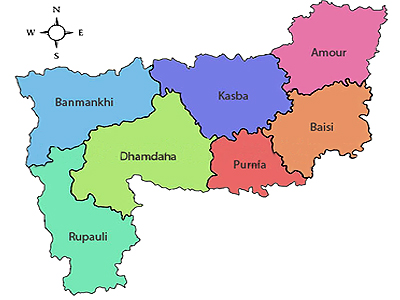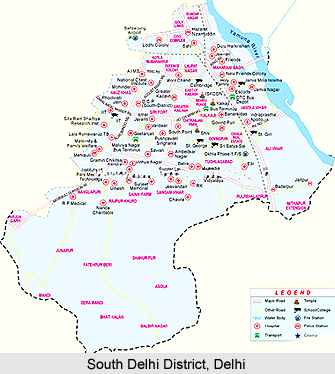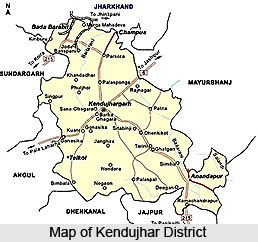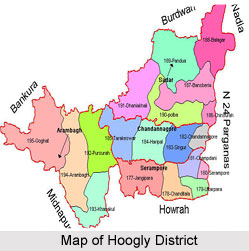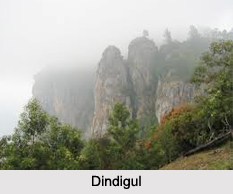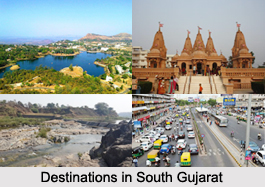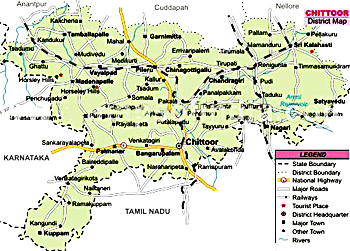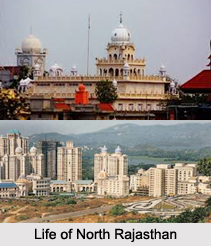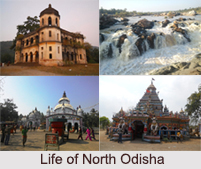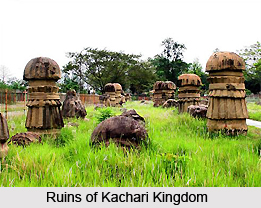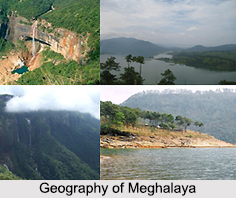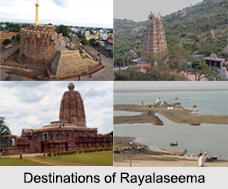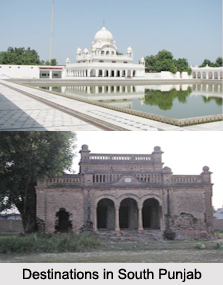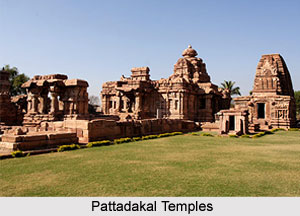 Archaeology and tradition of Pattadakal goes back a long way when human activities began there in remote past. Some 200 metres from the Papanatha temple is the Malaprabha River. Numerous stone tools were found in the river beds that have rolled down from their primary places, belonging to the earliest stage of the Stone Age namely the Early Palaeolithic. Similar tools were found in B. N. Jalihal near Pattadakal, as also in Badami and Aihole. From the scientific dating of the animal fossils along with tools of the Pattadakal types from (about hundred kilometres northeast) known to be about ten and a half lakh years old, the tools from the former too appear to be five to ten lakh years old.
Archaeology and tradition of Pattadakal goes back a long way when human activities began there in remote past. Some 200 metres from the Papanatha temple is the Malaprabha River. Numerous stone tools were found in the river beds that have rolled down from their primary places, belonging to the earliest stage of the Stone Age namely the Early Palaeolithic. Similar tools were found in B. N. Jalihal near Pattadakal, as also in Badami and Aihole. From the scientific dating of the animal fossils along with tools of the Pattadakal types from (about hundred kilometres northeast) known to be about ten and a half lakh years old, the tools from the former too appear to be five to ten lakh years old.
About four or five kilometres, north and north east of Pattadakal, in Siddhanakolla and Aihole are the Upper Palaeolithic, Mesolithic and Megalithic, cave paintings and other cultural relics {circa 15,000 to 300 BC). About 10 kilometres west of Pattadakal, in Nandikesvara (ancient Lanjigesara) tiny stone tools were traced known as microliths. This cultural stage with such microliths is known as the Mesolithic (circa 8,000 to 5,000 BC) indicating a change from the food gathering to the food producing stage. Years ago, one or two polished stone axes belonging to the Neolithic in the Chaleolithic cultural stage (circa 1700 to 800 BCE), were traced near the south eastern fringe of the Bachangudda. Also found were Neolithic pottery, chart (a semi-precious stone) and microliths in a unique rock shelter locally known as "sidla phadi" about five kilometres north of Badami. In Pattadakal, two Protohistoric Iron Age megalithic monuments of about 2800-3000 years old arc located one and a half kilometres west of the place, by the side of the Badami - Pattdakal-Aihole road. In the nearby area such as Akkaragal, Siddhanakal and Aihole are burial sites with many megalithic tombs, all in ruins. The megalithic builders were masters of the Iron technology. The entire region is rich in iron and manganese ores. Naturally, the region attracted the Megalithic builders on a large scale who pursued their prospective iron producing technology that led to material prosperity of the society and advanced urbanisation. In the Pattadakal-Aihole area, there are two distinct megalithic tomb types: the passage chambers and the port-hole chambers, existing side by side. Elsewhere, burials of these two types are found in separate and distinct neighbouring regions.
Thus even in the pre-historic period, this area was the meeting ground of two distinct megalithic architectural traditions. Then was a steady progress from the rural traditions of architecture and painting rules from the early Palaeolithic, spontaneous and naive. On the other hand the large scale industrial activity increased the material prosperity of the region. This eventually led to the development of highly advanced urban centres of refined classical art and architecture in the region.


